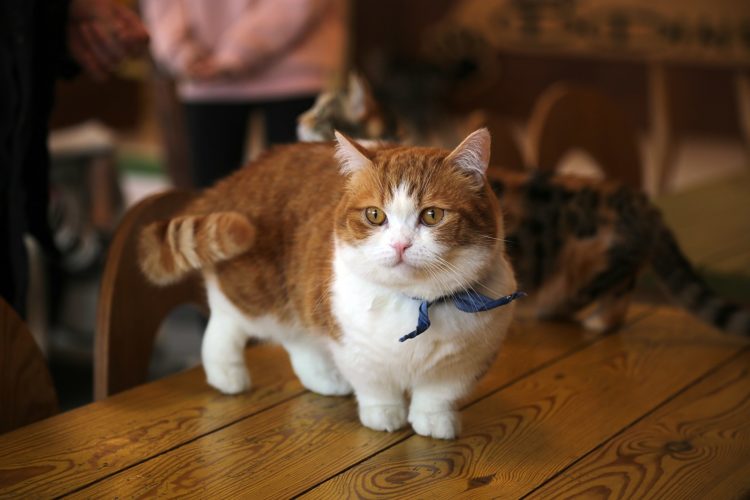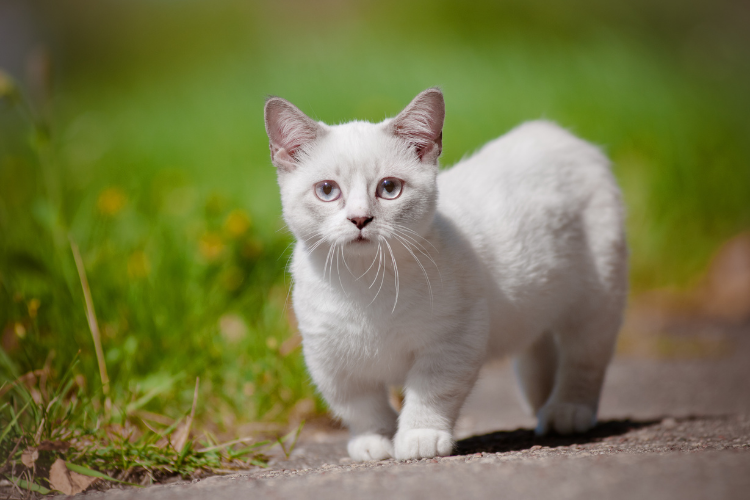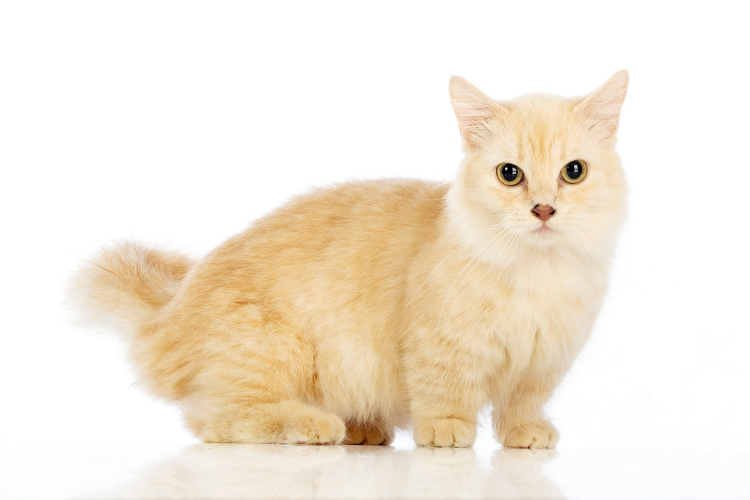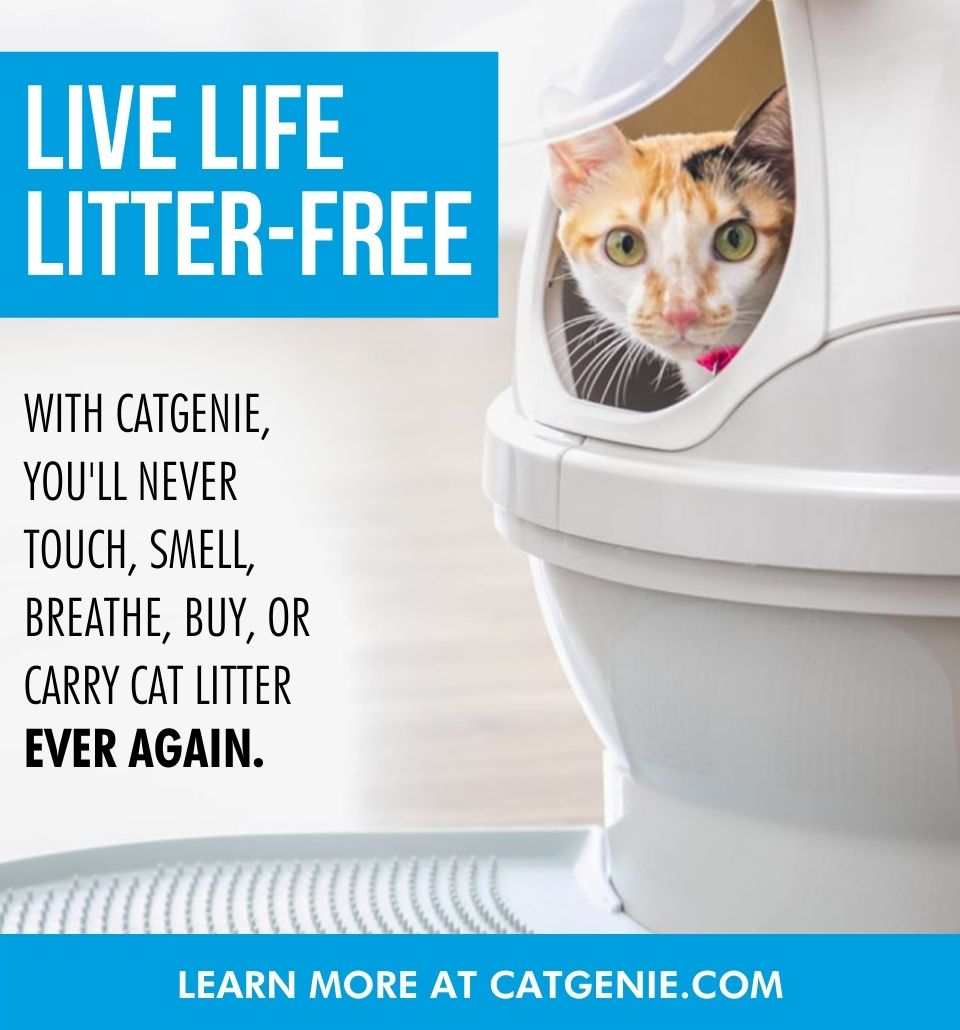Just when I thought cats couldn’t get any cuter, along comes the munchkin. I don’t exactly remember what my first thoughts were when I found out about munchkin cats, because I’m pretty sure I just immediately blacked out from sheer cuteness overload. Since then, of course, I’ve wanted a precious little baby munchkin of my own, and it seems I’m not alone. As the munchkin breed (I say “breed” lightly, which we’ll talk about later on) has gained some attention in recent years, so has it gained both popularity and controversy. But what’s all the fuss about, really? Let’s find out.
History of the Munchkin
Munchkin cats (also called “sausage” cats, which, oh my GOSH, my heart) have been around since the early 1940s, however, after World War II, they weren’t seen again for about a decade. Though it’s now been nearly 80 years since munchkins were discovered, it wasn’t until 2003 that these wee little cats were considered a true “breed” by The International Cat Association. Why is that? Well, there are differing opinions on what constitutes a type of cat being a “breed”. It’s a bit complicated, and there’s some science involved, but bear with me for a moment and we’ll make our way to the bottom of it, I promise!
How Are Munchkins Made?
Munchkin cats occur naturally, meaning you can have two healthy, normal cats who end up with a munchkin kitty in their litter. Although, when it comes to breeding for a munchkin cat, you cannot breed two munchkins and expect to get a munchkin. In fact, you can’t breed two munchkins and expect to get… well, anything at all, really. The munchkin gene is “fatal”, meaning that if two munchkin cats mate, their offspring won’t survive. Conversely, mating a munchkin and a normal cat will offer about a 50/50 chance of producing another munchkin kitty, and so on and so on.
Now, some cat experts such as The Cat Fanciers Association refuse to acknowledge munchkins as a breed, since they don’t feel “munchkin-ism” to be of any real benefit to the cat. Some people believe that munchkins are hindered due to their stubby legs, and some believe that the health risks outweigh any benefit. However, unlike dwarf kitties, munchkins aren’t really that much different from “normal” kitties, and we’ll see why.
Feline Dwarfism
So, here’s the thing about munchkins. They’re just kind of, like, regular cats with stumpy little legs. While these shortened legs are a result of a natural genetic mutation, they are not, as some would assume, a result of feline dwarfism. Instead, munchkin cats have what’s called “pseudoachondroplasia”, which is very similar to a type of feline dwarfism, except for the fact that the proportions of the head and facial features are normal. Additionally, in contrast to feline dwarfism (called “achondroplasia”), munchkin cats are not prone to suffer from the same types of complications that dwarf kitties are. (Some notable famous cats with dwarfism are, of course, Lil Bub and Grumpy Cat, who have used their careers as fabulous and beloved kitties to spread awareness of these conditions.)
Are Munchkins Ethical?
Alright, so is it ethical to breed munchkins? Well, there is some good news! All in all, munchkin cats have a life expectancy of about 12 to 15 years, which is about as average as it gets. Of course, like all cat “breeds”, they are not without the possibility of health concerns. One of the biggest concerns is that a munchkin may develop a condition called “lordosis”, which is where the spine curves downward and puts pressure on the heart, lungs, and trachea. Although this condition can occur in any type of cat, it has been proven that this is especially prevalent in munchkins, which is too significant of a correlation to ignore.
Other than that, though? Munchkins are about as normal as any other cat. If well taken care of, they are able to live full lives with little difficulty. Despite this, some cat experts still dismiss the idea that there is any argument for breeding munchkins selectively, as it would solely be for the pleasure of humans and of no benefit for the cats themselves.
Still though, it’s hard to resist cuddling up to a kitty of any shape or size, especially one with precious little stumpy legs! And I mean, like I said, munchkin cats do occur naturally, so maybe you’ll hit the jackpot and find one at your local shelter! What do you think? Would you want a munchkin kitty?









Munchkins are definitely cute, but I would say that breeding them is unethical. Normal cats are athletic, able to jump and climb easily, and otherwise use their legs in a normal-for-cats manner. These littler guys really can’t enjoy their cat-ness that way., and if they tried, they could easily injure themselves. I don’t think we should encourage breeding them, any more than I think we ought to be breeding Sphinx (hairless) cats.
As the proud parent of a sweet munchkin cat, I truly wish that the stigma around the ethics of continuing such a wonderful breed would diminish. She has full range of motion, but just takes a few more steps to get where she needs to go! She is still agile and athletic, but also has a harder time reaching our kitchen counter (which is honestly a gift to me). She converted me from being apathetic at best about cats to be completely in love; I wish everyone could experience the sweetness of a munchkin.
Fully agree regarding the breeding and encourgement to jolt the gene for munchkins and sphinx cats but searching for them in shelters is a wonderful way to obtain a lovely companion a save one!! Also, if you can, try to rescue a black cat ..especially near holloween as they are NOT BAD LUCK as some mistaken believe and are often left behind when someone comes to adopt…All furbabies deserve a good life❤❤❤
Oh my goodness! These Munchkin cats are just too cute! I love their stubby legs! Even though I understand the ethical concerns regarding them, when it occurs naturally, I think we should just love them, love them, love them! 😍😻And calling them ‘sausage cats’! That is just TOO cute!